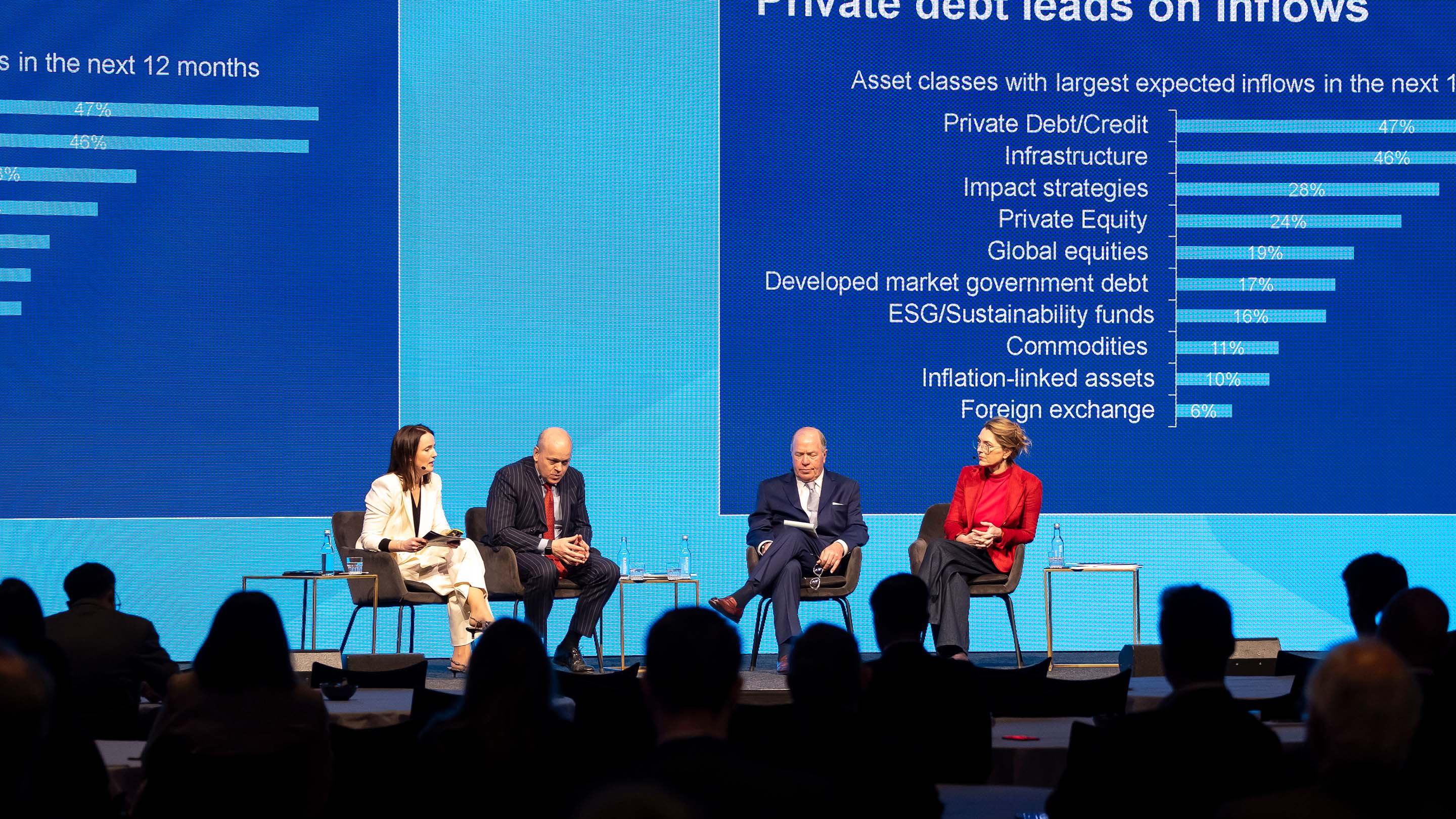Calculating the return on governance for endowments and foundations

Strong investment governance helps make a tangible contribution to portfolio outcomes, particularly over the long-term time horizons of endowments and foundations (E&F) portfolios.
The opening years of the 2020s have delivered a wave of interconnected challenges for investors, with the combined impact of COVID-19, the war in Ukraine and rising interest rates driving widespread regime change across the global economy and financial markets. From high inflation and supply chain disruption to banking crises, the complexity of today’s backdrop has brought new tests for investors.
In this environment, investment committees and trustees managing portfolios on behalf of E&F organizations are focusing much of their energy on portfolio construction and the risk-adjusted returns expected from portfolio allocations. This return on investment is prioritized for many of them.
With this in mind, we believe that generating a “return on governance” can be particularly effective for E&F portfolios — from charities and foundations to faith-based organizations.
In their bid to maximize returns, organizations risk overlooking the potential “return on governance”; namely, how good governance practices can potentially help enhance returns and better manage risk over the long term.
The return on governance
Understanding the return on governance
From our work with global investors — from endowments and foundations to sovereign wealth funds and pension schemes — we know that good governance enables portfolios to respond to changing circumstances and market movements. This flexibility mitigates the risk of being caught off guard by adverse events and supports organizations seeking to capitalize on investment opportunities through periods of market upheaval.
We believe it is prudent for E&F organizations to consider the long-term value-add of governance frameworks in managing portfolios, and highlight three areas where we foresee the greatest potential impact:
- Help align liquidity decisions within portfolio allocations to a long-term horizon
- Expand diversification of the portfolio across asset classes to manage risk
- Help enable effective rebalancing
In combination, these three core components enhance organizations’ flexibility to navigate regime change and geopolitical events in markets – and ignoring them could have a negative impact on performance.
Qualifying the return on governance
Based on the expected returns of model portfolios, in relation to Mercer Investments’ long-term (10-year) capital market assumptions, our proprietary analysis suggests that, in the aggregate, these three frameworks contribute 115 bps to annual performance.
This is not to say that plans and organizations with strong governance policies and procedures in place can expect to achieve an additional 115 bps each year. Rather, organizations that have yet to implement these frameworks risk missing out on an estimated 115 bps of performance annually.*
In the context of an annual return target of 6%–7% (relative to a 4%–5% spending rate for a typical endowment portfolio, on top of long-term inflation), 115 bps annually is significant.** For a $100 million plan, this would be in excess of $1 million in value per year.
Compounded over the course of a time horizon of 10, 20 or 30+ years, this expected annual “performance buffer” becomes even greater.
Why governance now?
Events of the recent past have prompted many organizations to reassess portfolio exposures, understand underlying geopolitical risks more accurately and reflect on their ability to respond to market events.
Of course, governance challenges evolve over time. In establishing a policy, many organizations seek our guidance on translating asset-allocation decisions into policy ranges. But once these ranges are established, it is not simply a case of “set and forget,” particularly over extremely long-term investment horizons. Organizations need to ensure rebalancing policies can be structured to take advantage of market dynamics as opportunities arise. Plans need adequate flexibility to manage around these ranges.
We hope that this paper proves useful for organizations reexamining their governance capabilities, with a view to helping enhance resilience through regime change in markets now and in the future.
The three contributors to 115 bps
Incorporating an illiquidity budget for long-term growth
Capitalize on opportunities by rebalancing efficiently
Diversify to build resilience and reduce risk
Organizations that have yet to implement three frameworks risk missing out on an estimated 115 bps of performance annually.
Related solutions
-
Investment trendsWith increasing uncertainty and market complexity putting decision makers under mounting pressure, governance can shine through as a tool for potentially gaining a…
-
Investment trends
Large Asset Owner Barometer 2025
74 asset owners with more than US$2 trillion in assets under ownership share insights on portfolio positioning, plans and principal concerns. -
Investing sustainably
Calling on the private investment community for proposals - Mercer and BII
Mercer and British International Investment call on asset managers to help scale climate finance in emerging economies. See how you can get involved.
Related insights
-
Alternative investments
Integrating long-term themes into family office portfolios
Thematic strategies can be an integral part of a resilient, future-focused portfolio that is aligned with values and convictions of family offices -
Alternative investments
Private Markets in Motion
Asset managers with over US$2 trillion in assets under management share insights on challenges and opportunities in private debt -
Portfolio strategies
Why wealth managers should consider hedge fund liquidity waterfalls
Self-imposed constraints on allocations can diminish the returns of hedge fund allocations. We recommend a flexible liquidity profile for semi-liquid allocations






